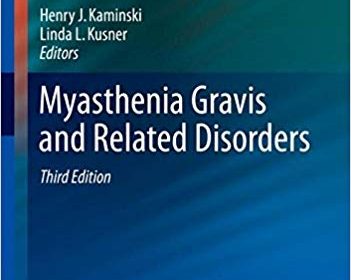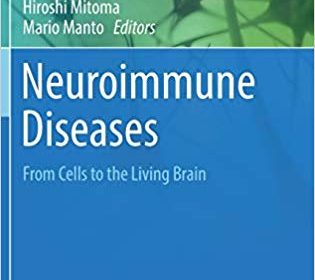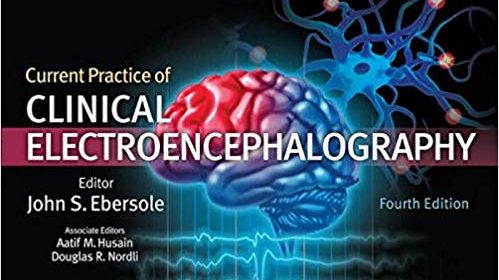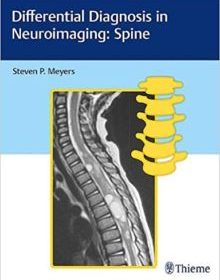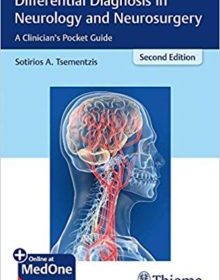Lange Clinical Neurology, 10th Edition

Lange Clinical Neurology, 10th Edition
Since 1989, Clinical Neurology has helped students, residents, and clinicians understand the link between basic neuroscience and current approaches in diagnosis and treatment. Applauded for its practice-oriented approach to neurology based on the patient’s presenting symptoms, this full-color resource delivers the clearest and most efficient introduction to the field available today.
As with each new edition, the authors have retained and refined the instructional material relating to the function of the nervous system in health and disease and have updated the text with the latest diagnostic and therapeutic advances. Recent discoveries in molecular biology and immunology have led to the approval of new drugs for the treatment of multiple sclerosis (alemtuzumab), spinal muscular atrophy (nusinersen), amyotrophic lateral sclerosis (edaravone), and Huntington’s disease (deutetrabenazine). These and other therapeutic advances are included in this new edition.
Presented in full color, Clinical Neurology is enhanced by chapter outlines that facilitate a quick review of each topic, an emphasis on the neurologic examination and history taking as the cornerstone of diagnosis, and treatment protocols that reflect the most recent advances in the field.
If you are in need of a clear, well-written introduction to neurology as practiced on the wards and in an outpatient setting, your search ends here.



